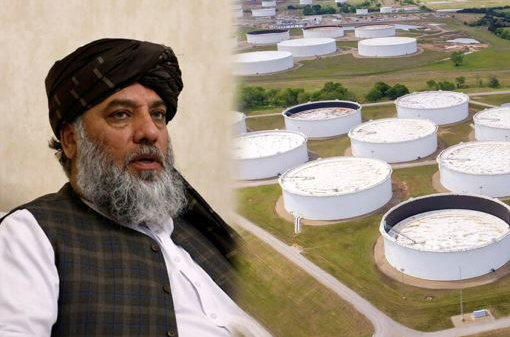It is becoming increasingly expensive to run the wheels of the national economy because of the ever increasing power tariffs which need to be kept increasing for accommodating the ever mounting circular debt which has already reached Rs. 2.3 trillion and is expected to hit the Rs. 3 trillion mark by the end of the current fiscal year.
Pakistan has been gripped by a crippling power crisis since the 1990s. It has intensified since 2007, imposing punishing costs on the country. The nature of the crisis has evolved over the years from one of chronic power supply deficits to one where there is excess installed capacity but not enough cash flow in the system to run it. Circular debt refers to the cash flow shortfall incurred in the power sector from the non-payment of obligations by consumers, distribution companies, and the government. It has continued to grow in size over the years.
The accumulation of circular debt can rightly be termed as one of Pakistan’s foremost macroeconomic challenges. Its build up has undermined the viability of the country’s energy sector, hurt industry and exports, and impacted new investment and job creation. It has also destabilized Pakistan’s fiscal management and imposed prohibitive opportunity costs in terms of pre-empting government spending on infrastructure and social expenditure, as well as credit in the banking system.
The underlying structural causes for the circular debt include the high cost of electricity generation; tariff anomalies, including a significant difference between cost-recovery and notified tariffs and; stubbornly high transmission and distribution losses coupled with low recoveries. The drive to seek private investment in the power sector as well as introduce reforms, was spearheaded by the World Bank in the 1990s. The ironclad sovereign guarantees and take-or-pay contracts was the handiwork of the Bank. While the intention was good, the means used were unjustified.
The crisis has caused the PTI government to commit to the IMF to jack up electricity rates by almost Rs4.97 per unit in the remaining three months of the current fiscal year. The government has also given an undertaking to continue making tariff adjustments next year on monthly, quarterly and annual basis through “automaticity” of regulator NEPRA’s amended powers. The IMF has confirmed that Pakistan had increased power tariff by Rs. 3.57 per unit by way of prior action.
As a first step towards liquidation of the circular debt the government plans to settle a part of outstanding dues amounting to Rs450bn in three tranches. Under the plan, one-third of the arrears will be paid to the power producers in cash and the remainder in the form of Pakistan Investment Bonds at the floating rate. The payment of the first tranche will immediately lead to materialization of the MoUs signed between the government and power producers in August last year into formal agreements. The MoUs provide for changes in the terms of the existing power purchase agreements that will reduce the size of the guaranteed capacity payments or fixed costs paid to the Independent Power Producers (IPPs).
The government is expecting savings of Rs850bn over a period of 10 years, following the modifications in Power Purchase Agreements (PPA). The settlement scheme covers the 50-odd IPPs which were set up in the 1990s and 2000s. In recent years, the major build-up in the circular debt has been caused by capacity payments to large power projects set up since 2015, primarily as part of the CPEC initiative. So far, no progress has been made to get the terms of the PPAs with these companies renegotiated. Until these contacts pay off, the resolution of the mounting power-sector debt will have to wait.
The Economic Coordination Committee (ECC) of the cabinet on Wednesday put off a decision on payment of the first installment out of Rs403 billion outstanding to IPPs. Missing its first payment of about Rs85 billion to 19 IPPs reflects poorly on the government. IPPs quite rightly see this as an effective default because according to the agreement signed end February, the government was supposed to pay the first instalment to 19 pre-NEPRA IPPs set up under the 1994 power policy and HUBCO by March 29. And this first payment, which is 40 percent of total dues of about Rs403 billion to 47 IPPs, was supposed to be the most important condition of the revised agreement, implying that the new contracts were now operational and the remaining amount would be paid in the next six months.
The contract allows the government 70 days to make things right otherwise the IPPs will be within their rights to suspend tariff discounts from the date of the default.










